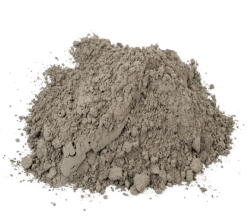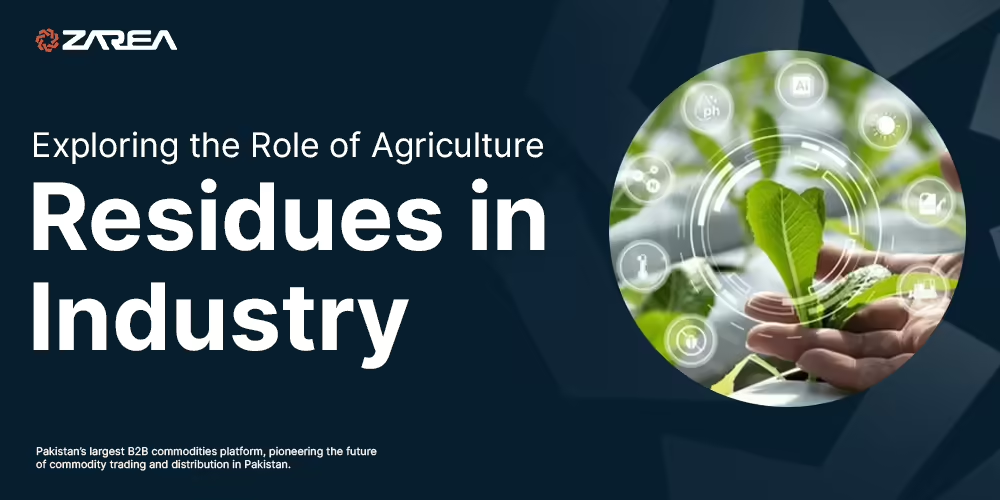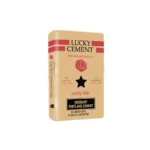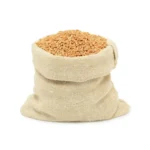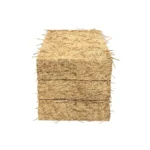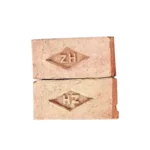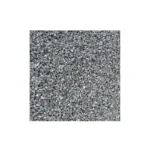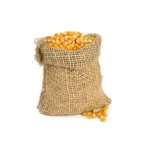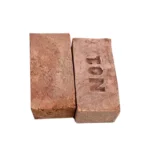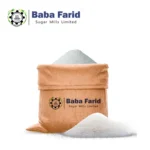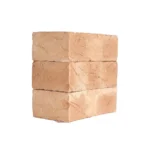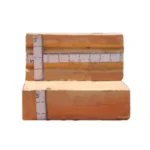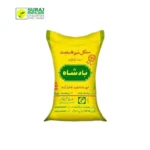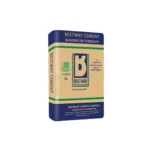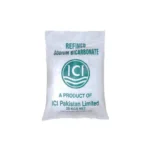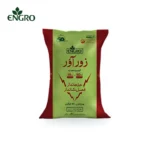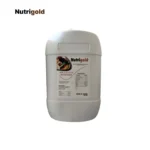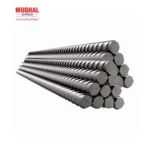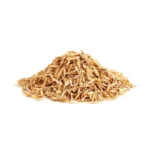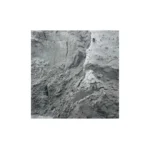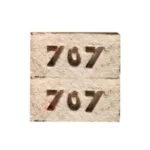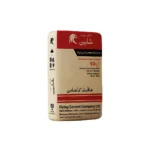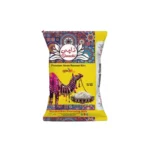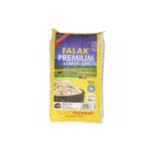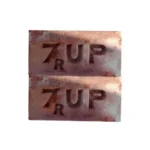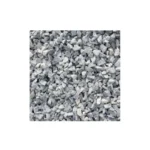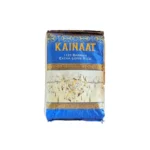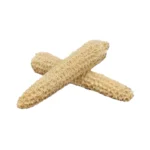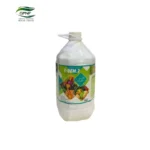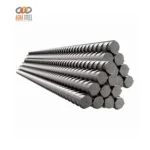In the realm of sustainable practices and eco-friendly solutions, the utilization of agricultural residues has emerged as a beacon of innovation. At Zarea.pk, we’re passionate about delving into the transformative potential of these residues in various industries. Join us as we embark on a journey to understand and appreciate the profound impact of agriculture residues on industry dynamics, focusing on products such as corn cob, wheat straw, bagasse, and rice husk.
Unveiling Nature’s Hidden Treasure
Every harvest season, vast quantities of agriculture residues are produced, often overlooked as mere by-products of farming. However, beneath their humble exterior lies a treasure trove of possibilities. Corn cobs, wheat straw, bagasse, and rice husks—all of these residues hold immense value waiting to be unlocked.
Powering Industrial Innovation
In recent years, industries worldwide have begun to recognize the potential of agriculture residues as renewable resources. Corn cobs can be transformed into biofuels, while wheat straw finds application in paper manufacturing. Bagasse serves as a versatile material for producing biodegradable packaging, and rice husks are utilized in the production of building materials and bedding products. These residues are paving the way for sustainable alternatives across various industries.
Driving Sustainable Practices
One of the most significant advantages of utilizing agriculture residues lies in its contribution to sustainable practices. By diverting these residues from landfills and incineration, industries can significantly reduce waste and promote a circular economy. Moreover, the use of agriculture residues helps conserve natural resources, mitigating the strain on ecosystems and fostering environmental stewardship.
Enhancing Economic Viability
Beyond environmental benefits, the incorporation of agriculture residues into industrial processes offers compelling economic advantages. With the rising demand for sustainable products, businesses can capitalize on this market trend by leveraging agriculture residues as cost-effective raw materials. Additionally, investing in residue utilization initiatives can create new revenue streams for farmers, bolstering rural economies and fostering inclusive growth.
Collaborative Endeavors for a Greener Future
At Zarea.pk, we recognize that realizing the full potential of agriculture residues requires collaborative efforts across sectors. Through strategic partnerships with farmers, researchers, and industry stakeholders, we aim to foster innovation and drive meaningful change. By facilitating knowledge sharing and promoting best practices, we envision a future where agriculture residues play a pivotal role in building a more sustainable and resilient industrial ecosystem.
Join Us in the Journey
As advocates for sustainable development, we invite you to join us in exploring the transformative role of agriculture residues in industry. Whether you’re a farmer looking to diversify your revenue streams or an industry leader seeking eco-friendly alternatives, together, we can harness the power of agriculture residues to create a brighter, greener future for generations to come.
Conclusion
In conclusion, agriculture residues represent more than just leftovers from the harvest—they embody untapped potential and boundless opportunities for innovation. By embracing the use of residues such as corn cob, wheat straw, bagasse, and rice husk in industry, we can drive positive environmental, economic, and social change. At Zarea.pk, we’re committed to unlocking this potential and leading the way towards a more sustainable future. Join us in our quest to explore the transformative role of agriculture residues and shape a world where sustainability reigns supreme.
